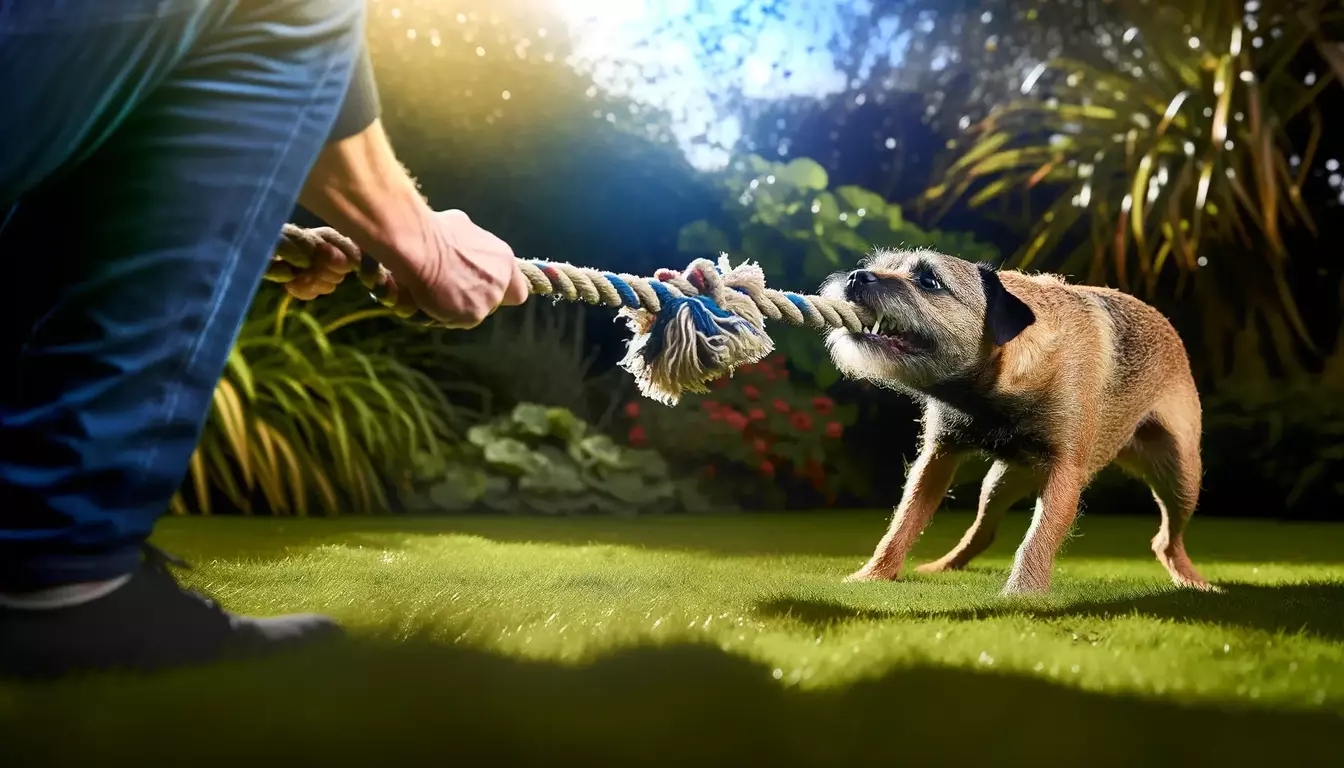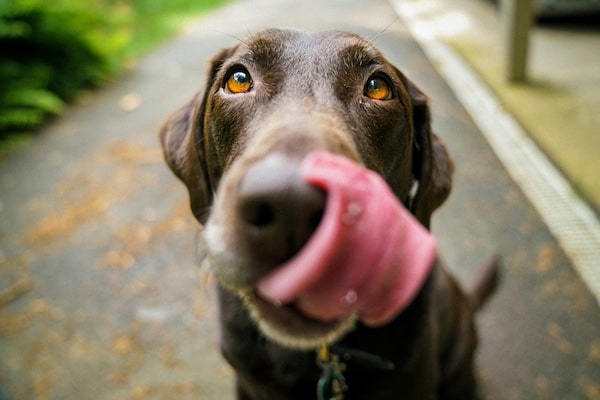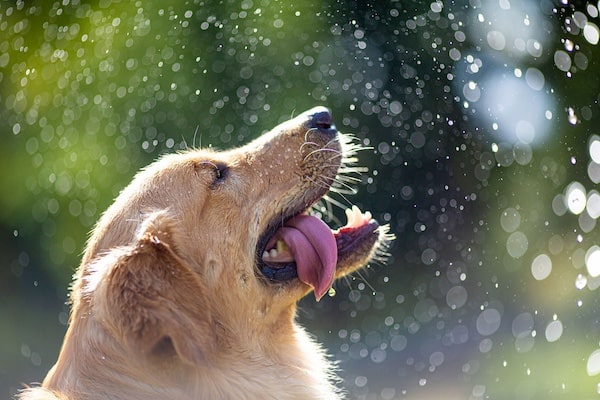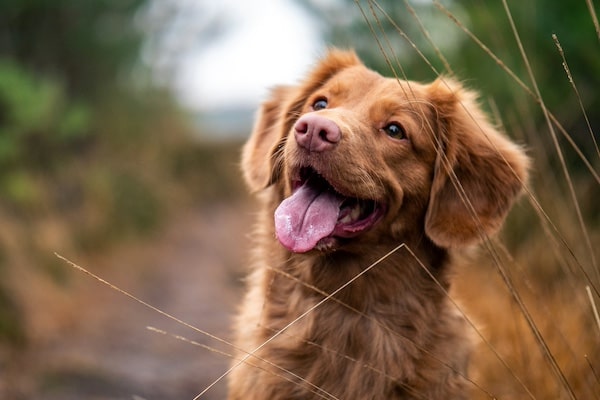This guide explores the profound connection between training and bonding with your dog. Training is not just about teaching your dog commands; it is a fundamental way to deepen your relationship. Through regular training sessions, you can establish a language of communication unique to you and your pet, build mutual trust, and enhance your overall companionship.
This guide will provide you with insights and practical advice on how to use training as a key method to bond with your dog, making your interactions more meaningful and rewarding.
The Basics of Bonding Through Training
Training is a powerful tool for bonding because it involves consistent, focused interactions between you and your dog. It establishes a system of communication that helps to reduce misunderstandings and builds trust. As you train, your dog learns to pay attention to your cues and respond to them, which reinforces their trust in you as their leader and caregiver. This mutual understanding is the foundation of a strong, enduring bond. Moreover, the positive experiences shared during training sessions contribute to a deeper emotional connection, making your dog more attuned to your emotions and behaviors.
Key Principles of Effective Training
To maximize the bonding benefits of training, there are several key principles to consider:
- Consistency: Regular training sessions help your dog understand what is expected of them, providing a routine that reinforces security and trust. Consistency in commands, rewards, and consequences teaches your dog that you are reliable and trustworthy.
- Positive Reinforcement: This method involves rewarding your dog for good behavior, which not only makes training more enjoyable but also shows your dog that their efforts are appreciated. Rewards can be treats, praise, or playtime, all of which also serve as bonding experiences.
- Empathy: Understanding your dog’s emotions and physical limits during training is crucial. Training should be adjusted based on your dog’s age, health, and temperament. Showing empathy during challenging moments helps strengthen the bond, as it demonstrates to your dog that you care for their well-being and respect their limits.
By incorporating these principles into your training routine, you not only enhance your dog’s obedience but also deepen the emotional connection between you both, establishing a partnership based on trust and mutual respect.
Daily Training Activities to Build Bonds
Incorporating simple daily training routines can significantly strengthen the bond between you and your dog by establishing a pattern of interaction that your dog looks forward to. Here are a few routine training exercises to consider:
- Morning Sit-Stay: Start each day with a sit-stay command while you prepare your dog’s breakfast. This not only reinforces patience but also establishes your role as the leader right from the beginning of the day.
- Leash Training During Walks: Use daily walks as an opportunity to train your dog in leash manners. Encourage walking at your side instead of pulling ahead, using treats and praise to reward good behavior.
- Recall Training: Spend a few minutes each day practicing recall commands in a safe, enclosed area. This reinforces your dog’s response to your calls and enhances safety during outdoor activities.
- Bedtime Commands: End the day with a simple command routine like ‘go to bed’, which can help wind down the day and provide a comforting structure for your dog.
These routines not only improve obedience but also integrate training seamlessly into everyday life, reinforcing your bond daily.
Fun Training Games
Training doesn’t always have to be formal; it can be fun and games that both you and your dog enjoy, further enhancing your bond and obedience skills. Here are some engaging games that double as effective training exercises:
- Hide and Seek: Play hide and seek with treats or yourself. Start by asking your dog to stay, then hide a treat or yourself in another room. Call your dog to find you or the treat. This game boosts problem-solving skills and reinforces the recall command.
- Treasure Hunt: Hide treats around the house or yard, and send your dog on a ‘treasure hunt’. This encourages your dog to use their nose and problem-solving skills, which are mentally stimulating and rewarding.
- Tug of War: Use a tug toy to play this game, which is great for teaching self-control and strength. Make sure to incorporate commands like ‘take it’ and ‘drop it’ to train your dog in impulse control while playing.
- Obstacle Course: Create a simple obstacle course in your backyard or living room using chairs, blankets, and boxes. Guide your dog through the course, which can help in agility training and following commands.
These games not only make training sessions enjoyable but also build trust and understanding, as your dog learns to follow your cues in a fun and interactive setting. Engaging in these activities regularly can significantly enhance the connection and obedience between you and your dog, making every interaction an opportunity for bonding.
Understanding and Addressing Training Challenges
Training a dog can come with its set of challenges, which can sometimes be frustrating for both the owner and the pet. Identifying and overcoming these challenges not only leads to better training outcomes but also strengthens the bond between you and your dog by building mutual trust and respect. Here are some typical training challenges and strategies to address them:
- Distraction: Dogs can easily be distracted by their environment, especially when young or particularly curious. To overcome this, start training sessions in a quiet environment with few distractions and gradually move to more distracting environments as your dog’s focus improves. This teaches them to pay attention to you despite external stimuli.
- Inconsistency in Training: Inconsistent commands or rewards can confuse your dog. Ensure all family members use the same commands and rewards system. Consistency across different trainers and environments reinforces learning and trust.
- Overexcitement: Some dogs may get overexcited during training, making it hard for them to focus. In such cases, it’s important to calm them down before continuing. Techniques include using a quieter tone, reducing the energy level of the interactions, or taking a short break.
- Stubbornness: If a dog seems stubborn or unresponsive, it may be necessary to make training more engaging or to ensure the rewards are sufficiently motivating. Understanding what motivates your dog—whether food, toys, or praise—and leveraging that can help overcome stubborn behavior.
Addressing these challenges patiently and positively reinforces your bond, showing your dog that you are a consistent and dependable leader who navigates obstacles with them.
Adjusting Training to Your Dog’s Needs
Every dog is unique, and effective training means tailoring your methods to fit your dog’s specific temperament, learning speed, and behavioral tendencies. Here’s how you can adjust training to meet your dog’s individual needs:
- Understand Your Dog’s Personality: Observe your dog’s reactions to different situations and adapt your training to fit their comfort levels. For example, a shy dog might need slower, gentler training sessions, while a more outgoing dog might respond well to enthusiastic and energetic sessions.
- Adjust the Pace: Some dogs may learn quickly, while others need more time to grasp basic commands. Adjust the training pace to avoid frustration on both sides. For slower learners, celebrate small victories to keep them motivated.
- Use Appropriate Rewards: Different dogs are motivated by different types of rewards. Some may prefer treats, while others might like toys or verbal praise. Tailoring the rewards to your dog’s preferences can make training more effective.
- Health and Age Considerations: Adapt your training techniques to consider your dog’s health and age. Puppies have short attention spans and require shorter, more playful sessions, while older dogs may need gentle sessions that consider physical limitations.
By thoughtfully adjusting your training approach to suit your dog’s needs, you enhance your understanding of and empathy towards your dog. This personalized approach not only improves training outcomes but also deeply enriches the bond between you and your dog, building a foundation of trust and mutual respect that extends beyond training sessions.
Conclusion
This guide has explored how regular training sessions not only improve obedience but are also pivotal in strengthening the bond between you and your dog. Effective training builds a language of communication that enhances mutual trust, teaches respect, and enriches the companionship shared between you both. Through routine exercises, fun games, and overcoming challenges together, you and your dog can develop a deeper understanding and a more fulfilling relationship.
The journey of training your dog is continuous and ever-evolving. As your dog grows and changes, the training methods and activities should also adapt. We encourage all dog owners to view training as an ongoing dialogue—a way to consistently engage with and understand their pets better over time. Regular training not only maintains the skills learned but also continuously reinforces the bond you share. Keep exploring new training techniques, participate in dog training classes, and perhaps even take up new activities like agility or scent work to keep the training sessions exciting and rewarding for both you and your dog.
By consistently applying the principles discussed in this guide, you’ll find that training becomes more than just teaching commands—it becomes a vital part of your relationship, filled with mutual respect, trust, and affection.





